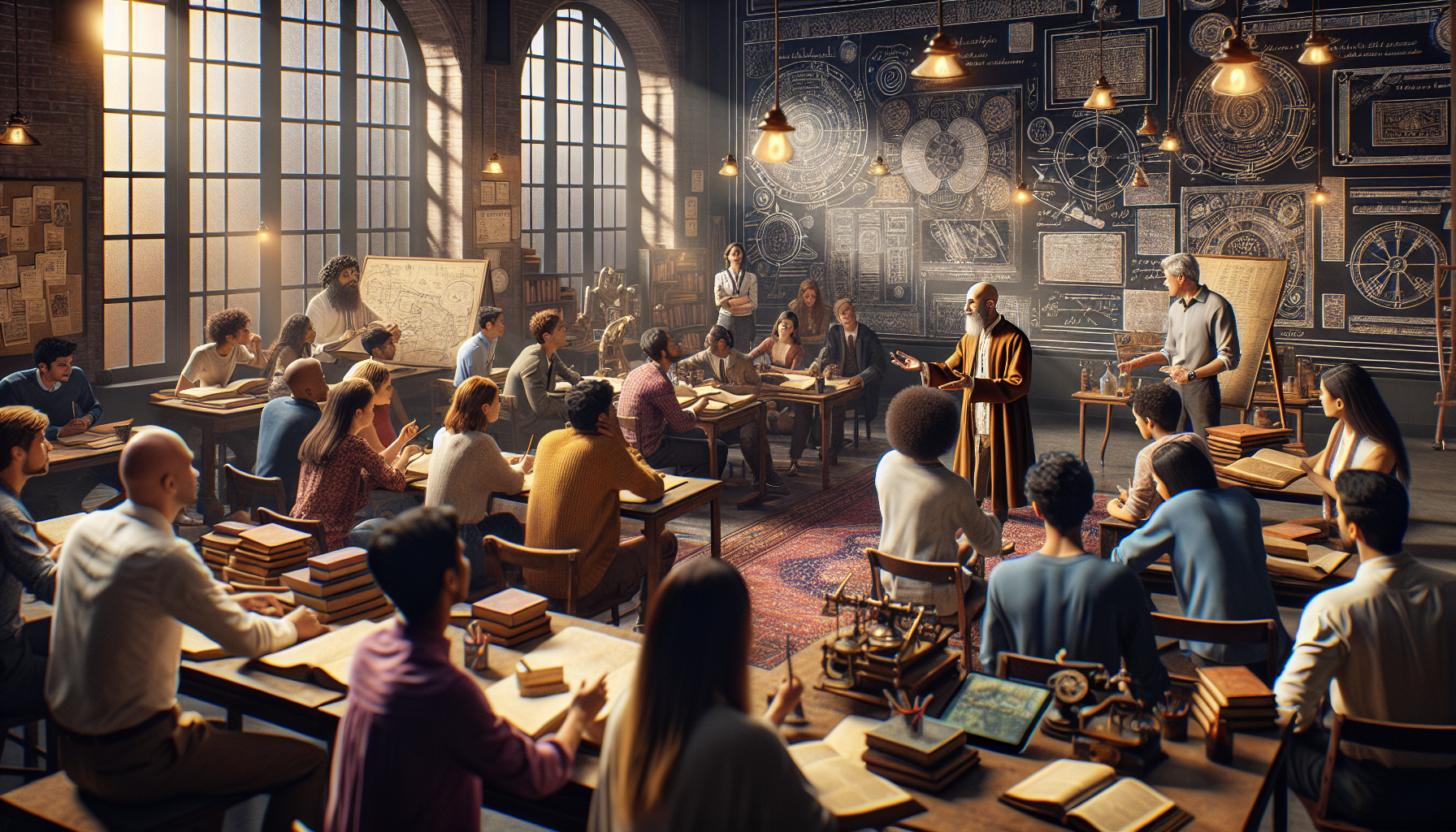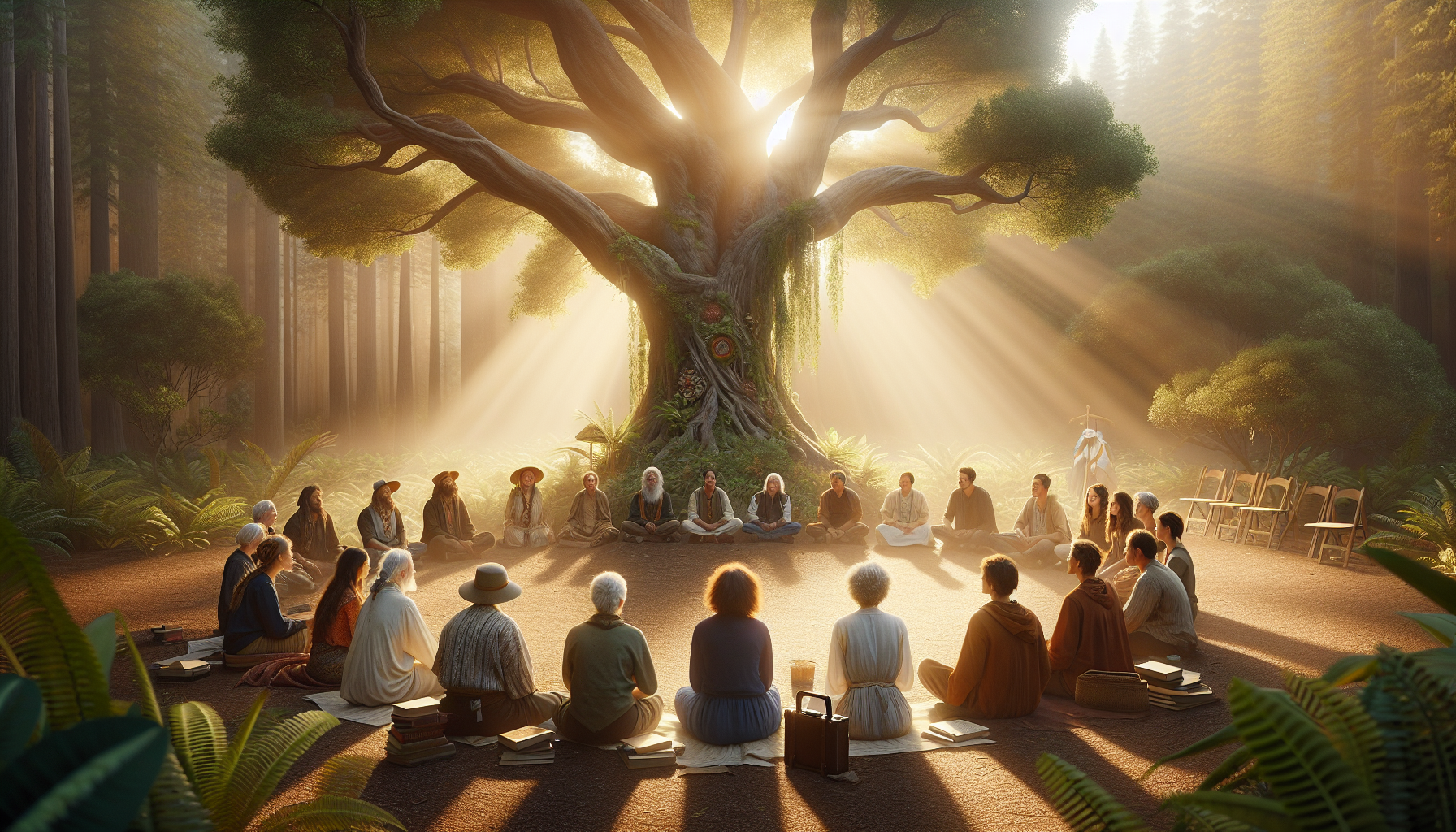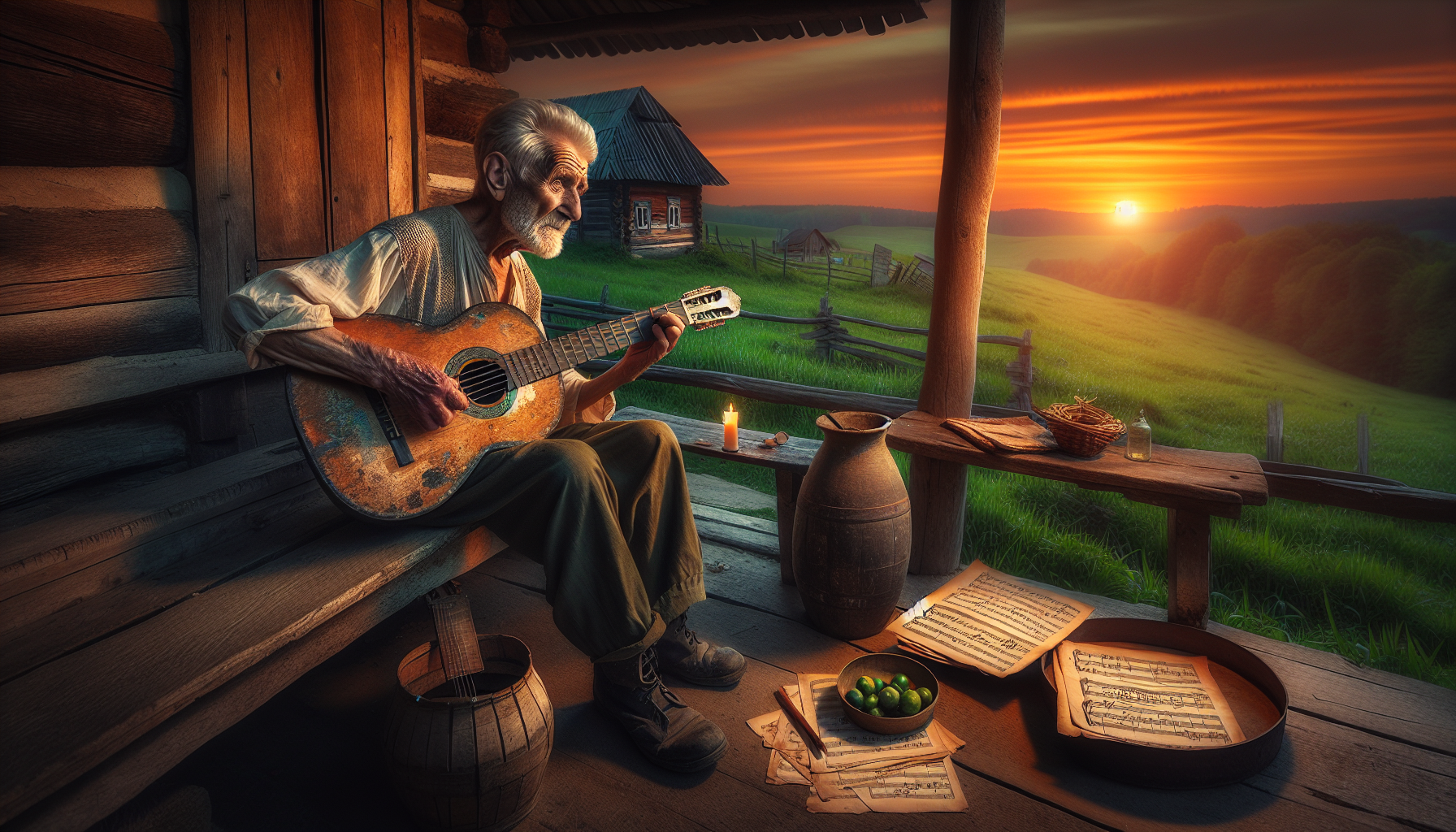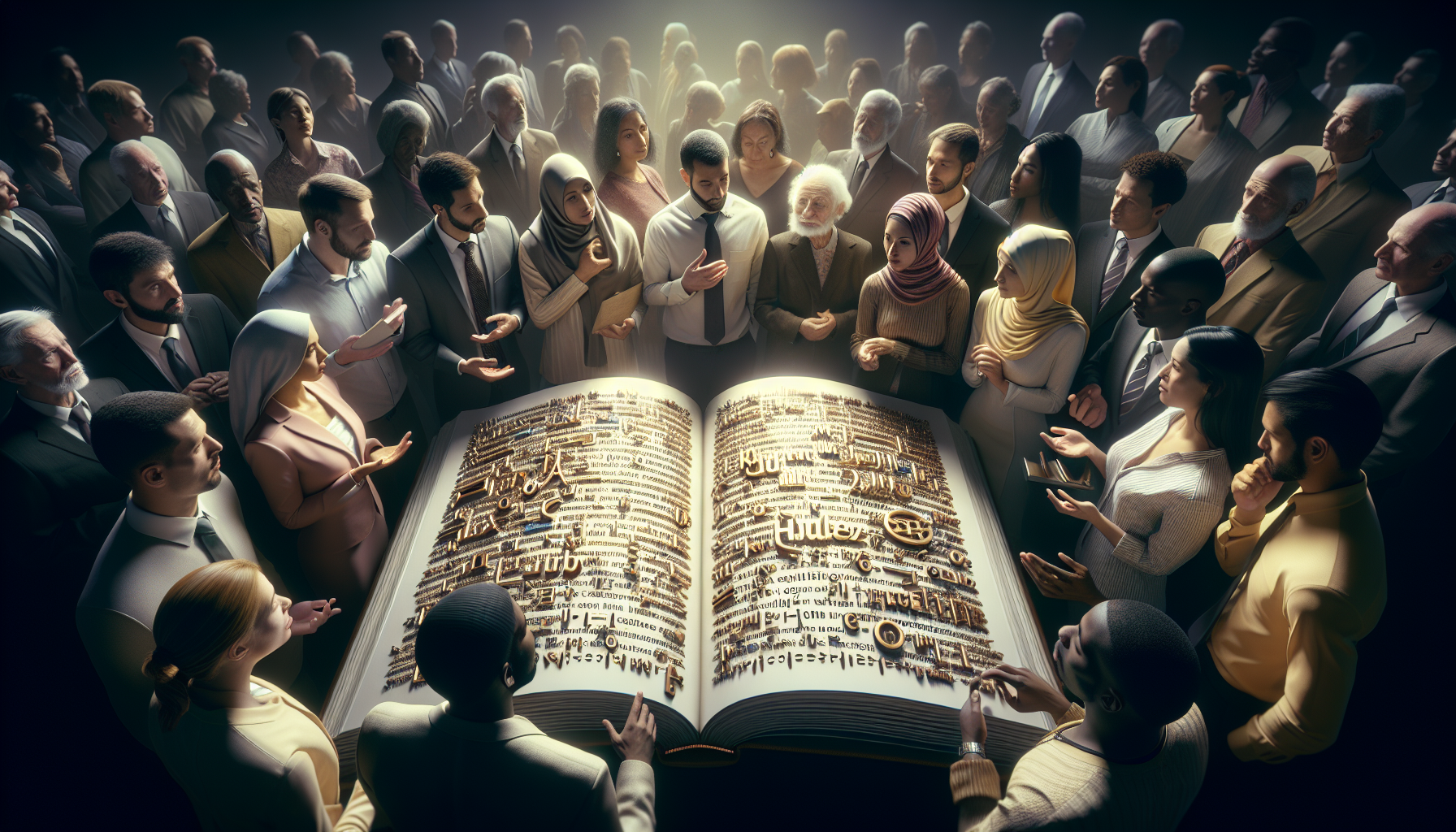In a world increasingly interconnected yet beautifully diverse, the universal language of dance emerges as a powerful medium for expression, communication, and cultural celebration. 🌍✨ Dance transcends borders and breaks language barriers, offering a rhythm that resonates with the soul and a movement that tells stories of generations past, present, and future. As we delve into the vibrant world of cultural dance instruction, we invite you to unlock the rhythm of diversity and embark on a journey that promises not just a lesson in dance, but a profound exploration of cultural heritage and identity.
Cultural dance instruction is more than just learning steps; it’s an immersive experience that allows participants to delve into the histories and traditions of different cultures. From the spirited beats of African tribal dances to the graceful flow of Indian classical movements, each dance form is a narrative that captures the essence of its culture. These dances are not only artistic expressions but also repositories of cultural memory and identity, each step steeped in tradition and meaning. By engaging with these diverse dance forms, individuals gain a deeper appreciation of the world’s cultural richness, fostering empathy and understanding in a globalized society.
In this article, we will explore the myriad benefits of engaging in cultural dance instruction, from enhancing physical fitness and coordination to promoting mental well-being and cultural literacy. We will journey through the histories of various dance forms, examining how they have evolved and adapted over time while remaining true to their roots. Additionally, we will highlight inspiring stories of individuals who have embraced cultural dance as a means of personal growth and community building. So, whether you’re a seasoned dancer looking to broaden your repertoire or a curious beginner eager to step into a new world, join us as we unlock the rhythm of diversity and experience the vibrancy of cultural dance instruction today. 💃🏽🕺🏾
The Universal Language of Dance: A Historical Overview
Dance has long been a universal language that transcends borders and cultures, weaving together communities through shared movement and expression. From the ancient rituals of indigenous tribes to the formalized performances in royal courts, dance has been an integral part of human civilization. It reflects cultural values, beliefs, and histories, providing a dynamic lens through which we can explore the diversity of human experience. Whether it’s the elegant gestures of classical ballet or the rhythmic beats of African tribal dances, each form of dance tells a story, preserving cultural heritage and fostering a deeper understanding of the human spirit.
Historically, dance has served many functions: as a form of communication, a means of storytelling, and a method of religious expression. In ancient Egypt, for example, dance was used in rituals to honor the gods and the deceased, believed to bring good fortune and protection. Meanwhile, in ancient Greece, dance was an essential element of public and private life, performed during festivals, religious ceremonies, and theatrical performances. As societies evolved, so did their dances, adapting to the changing social structures, religious beliefs, and cultural exchanges brought about by trade and conquest.
Today, dance continues to evolve, shaped by globalization and the fusion of cultures. The proliferation of digital media has further accelerated this process, allowing for the exchange of dance styles and techniques across the globe. Social media platforms have become stages for dancers to showcase their skills and for cultural dances to gain new audiences, highlighting the universality and timeless appeal of dance. As we explore the vibrancy of cultural dance instruction, we are reminded of the power of dance to bridge cultural divides, inspire creativity, and celebrate diversity.
Cultural Dance Instruction: A Journey Through Global Styles
Cultural dance instruction offers a unique opportunity to immerse oneself in the rich tapestry of global dance traditions. Whether you’re learning the passionate moves of the Argentine tango or the lively steps of Irish step dance, each style provides insight into the cultural context from which it originated. Dance instructors play a crucial role in preserving these traditions, passing down not only the steps but also the stories and cultural significance behind them.
The benefits of cultural dance instruction extend beyond physical fitness; it fosters a sense of community and belonging. Students often find themselves part of a larger network of dancers who share a passion for learning and celebrating diverse cultures. Through classes and workshops, dancers have the chance to engage with others from different backgrounds, fostering intercultural understanding and appreciation.
Moreover, cultural dance instruction promotes mental and emotional well-being. The rhythmic movements and the connection to music can be incredibly therapeutic, reducing stress and enhancing mood. Learning a new dance style challenges the mind, improving cognitive functions such as memory, focus, and coordination. In essence, cultural dance instruction enriches the mind, body, and soul, providing a holistic approach to well-being.
Table: Comparing Popular Cultural Dances
| Dance Style | Country/Region | Characteristics |
|---|---|---|
| Tango | Argentina | Passionate, dramatic, often improvised |
| Flamenco | Spain | Expressive, with intricate footwork and hand clapping |
| Samba | Brazil | Energetic, rhythmical, often performed in Carnival |
| Bharatanatyam | India | Classical, narrative dance with intricate gestures |
| Hula | Hawaii | Graceful, storytelling through dance and chants |
Check out this video to experience the beauty of Flamenco! 🎶
The Benefits of Cultural Dance for Personal Development
Engaging in cultural dance is not only a delightful exploration of movement but also a profound journey of personal development. Learning a new dance style requires discipline and dedication, fostering important life skills such as patience, resilience, and adaptability. As dancers progress in their training, they often experience increased self-confidence, a sense of achievement, and a deeper appreciation for cultural diversity.
Participating in cultural dance can also enhance social skills and build a sense of community. Many dance classes emphasize partner work and group activities, encouraging cooperation and communication among participants. This shared experience creates a supportive environment where individuals can form meaningful connections and friendships, united by a common love for dance.
Moreover, cultural dance provides an opportunity for creative expression and emotional release. Each dance style offers a unique way to express emotions and tell stories, allowing dancers to communicate in a language beyond words. This creative outlet can be particularly beneficial for individuals seeking to process emotions or cope with life’s challenges, offering a sense of liberation and empowerment through movement.
Call to Action: Embrace the Dance of Diversity!
Are you ready to embark on a journey through the vibrant world of cultural dance? Join a class, attend a workshop, or simply watch a performance to experience the beauty and diversity of global dance traditions. Embrace the rhythm of diversity and unlock the transformative power of dance in your life! 💃🕺
How to Get Started with Cultural Dance Instruction
Starting your journey in cultural dance instruction can be both exciting and overwhelming. With so many styles to choose from, it’s essential to find the one that resonates with you. Consider your interests, physical abilities, and the cultural stories that intrigue you. Whether you’re drawn to the elegance of ballet, the rhythm of salsa, or the storytelling of Kathak, there’s a dance style for everyone.
Once you’ve chosen a dance style, look for classes in your area or online. Many studios offer beginner courses that provide a solid foundation in technique and cultural context. Online platforms are also a valuable resource, offering flexibility and accessibility to high-quality instruction from the comfort of your home.
Invest in appropriate attire and footwear for your chosen dance style. Proper clothing can enhance your comfort and performance, allowing you to move freely and confidently. As you progress, consider attending workshops or dance festivals to immerse yourself further in the dance community and broaden your skills and cultural knowledge.
- Research dance styles and their cultural backgrounds.
- Find local or online dance classes that fit your schedule and skill level.
- Invest in suitable attire and footwear for comfort and performance.
- Practice regularly to improve technique and build confidence.
- Engage with the dance community through workshops and festivals.
Remember, the journey of learning cultural dance is as rewarding as the destination. Embrace the process, enjoy the rhythm, and let the dance of diversity enrich your life.
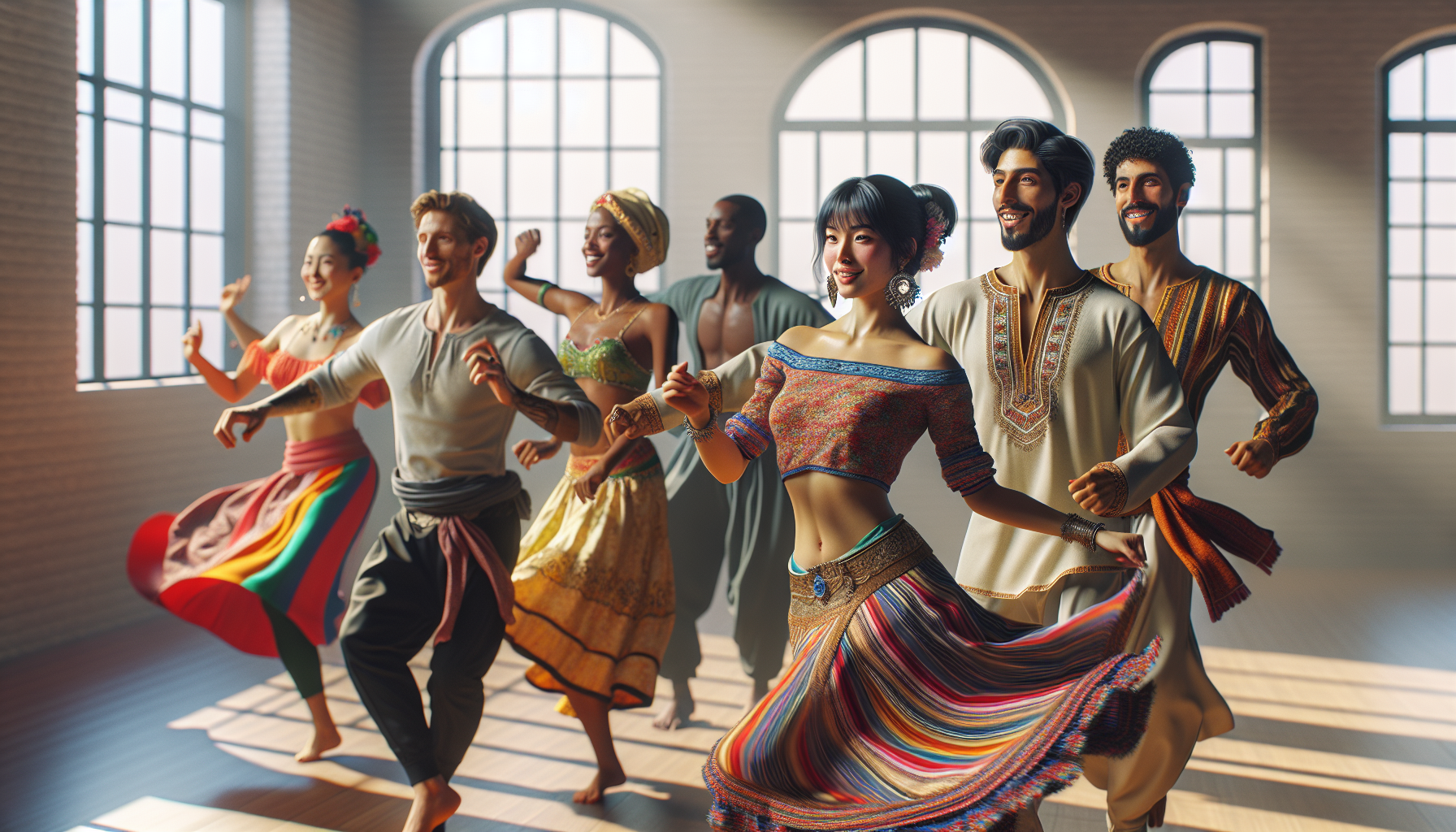
Conclusion
Conclusion: Embracing the Melody of Diversity through Cultural Dance
As we draw to the close of our exploration into the dynamic world of cultural dance instruction, it is essential to reflect on the vibrant tapestry of insights we’ve woven together. This journey has taken us through the intricate steps and profound significance of cultural dances from around the globe, showcasing how these art forms serve as powerful vessels for cultural expression, community connection, and personal growth.
Throughout this article, we have delved into the essence of cultural dance, uncovering how these practices transcend mere movement to become profound expressions of identity and heritage. By embracing the diverse rhythms and styles—from the spirited Samba of Brazil to the graceful Ballet Folklórico of Mexico, or the energetic beats of African tribal dances—participants not only learn about different cultures but also gain a deeper understanding of their own place in the global community. This cross-cultural appreciation fosters empathy and respect, crucial elements in today’s increasingly interconnected world.
We highlighted the educational benefits of cultural dance instruction, noting how it enhances cognitive skills, physical health, and emotional well-being. These dances offer more than just a workout; they provide a holistic approach to health, enriching the mind, body, and spirit. Engaging in cultural dances can improve memory, coordination, and spatial awareness while also providing a fulfilling outlet for stress relief and emotional expression.
The social dimension of cultural dance cannot be understated. Classes and workshops serve as melting pots where individuals from diverse backgrounds come together, united by a shared passion for movement and music. This communal aspect fosters friendships and understanding, breaking down barriers and building bridges between different cultures. In a world where division often seems to dominate, cultural dance offers a harmonious counterpoint, a testament to our shared humanity.
Moreover, cultural dance instruction is a tool for preserving intangible cultural heritage, ensuring that these rich traditions are passed down to future generations. Instructors and practitioners become cultural custodians, safeguarding the dances’ authenticity while also allowing room for innovation and personal expression. This balance between tradition and evolution keeps cultural dance vibrant and relevant, allowing it to thrive in modern society.
The economic impact of cultural dance is also notable. As an integral component of cultural tourism, dance performances and festivals attract visitors from around the world, boosting local economies and providing livelihoods for artists and instructors. By supporting cultural dance initiatives, communities can harness this economic potential while celebrating their unique cultural identities.
As we stand on the precipice of a new era in cultural dance, it is imperative to recognize the transformative power these art forms hold. They are more than just entertainment; they are vital tools for education, cultural preservation, and social cohesion. By participating in cultural dance, we not only enrich our own lives but also contribute to a more inclusive and understanding society.
We encourage you, dear reader, to take the insights gained from this exploration and apply them in your own life. Whether by attending a cultural dance class, participating in a local dance festival, or simply sharing this knowledge with others, you can be an ambassador for cultural understanding and appreciation. Engage with your community, support local dance initiatives, and let the rhythm of diversity guide you toward new horizons of personal and collective growth.
In closing, we invite you to share your experiences and thoughts on cultural dance in the comments below. How has engaging with cultural dance impacted your life? What new perspectives have you gained? Your stories are invaluable, and by sharing them, you contribute to a broader conversation about the importance of cultural dance in our world today.
Feel free to share this article with friends, family, or anyone who might be interested in unlocking the rhythm of diversity through cultural dance. Together, we can foster a world that dances to the beat of unity, understanding, and joy. 🌍💃🕺
For further reading and exploration, consider these resources:
2. UNESCO Intangible Cultural Heritage
3. International Dance Council CID
Let’s continue to celebrate and honor the diverse dances of the world, preserving their legacy and embracing their power to connect us all.
Toni Santos is a visual storyteller and educational ethnographer whose work celebrates the fluid knowledge systems of nomadic cultures. Through art and research, Toni brings attention to how learning has thrived outside traditional institutions—rooted in movement, oral tradition, and deep connection to land and community.
Guided by a passion for ancestral wisdom, adaptive pedagogy, and cultural resilience, Toni explores the tools, rituals, and environments that once shaped the minds of travelers, herders, and migrating communities. Whether illustrating storytelling circles beneath open skies, wearable mnemonic devices, or maps woven into textiles, Toni’s work honors learning as a lived, sensory, and communal experience.
With a background in visual anthropology and intercultural design, Toni reconstructs the educational models of mobile societies through images and narratives that restore their dignity and relevance in today’s world.
As the creative mind behind Vizovex, Toni shares a rich tapestry of visual essays, artifact-inspired art, and curated stories that reveal the genius of teaching and learning on the move.
His work is a tribute to:
The wisdom of learning through journey, rhythm, and story
The spatial and environmental intelligence of nomadic cultures
The power of intergenerational knowledge passed outside walls
Whether you’re an educator, researcher, or lifelong learner, Toni invites you to step into a world where education is not confined, but carried—one step, one song, one shared insight at a time.


